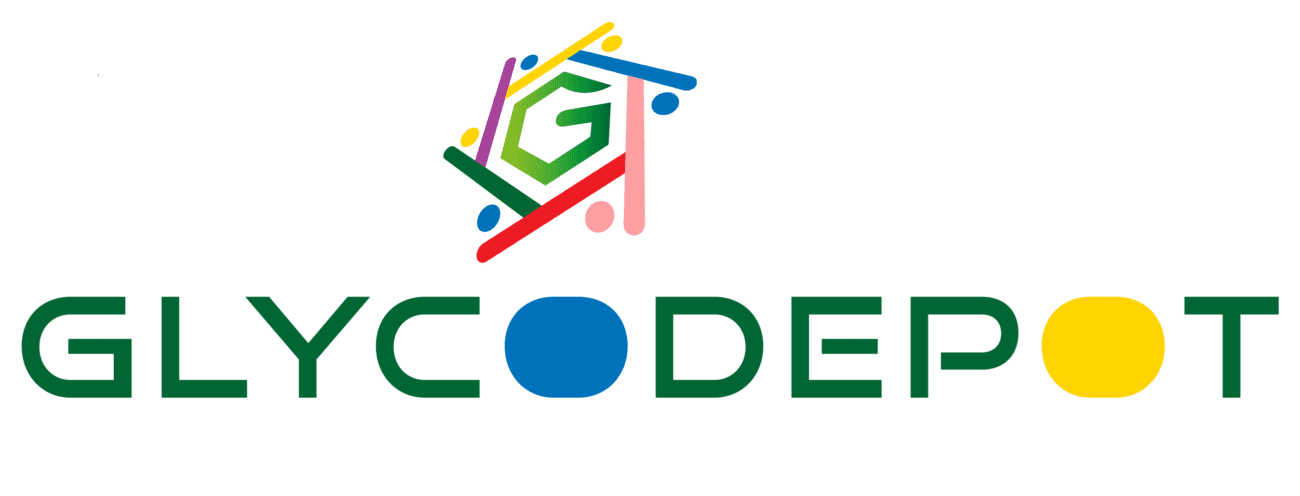1-Fluoro-2,3,4,6-tetra-O-acetyl-α-D-mannopyranose is a chemically engineered fluorinated sugar where a fluorine atom substitutes the anomeric hydroxyl at C1 of the α-D-mannopyranose molecule, and the hydroxyl groups at C2, C3, C4, and C6 are protected as acetates. This white to off-white crystalline compound is synthetically produced and primarily serves as a valuable precursor in carbohydrate and medicinal chemistry, particularly as an activated glycosyl donor in the synthesis of modified oligosaccharides, glycomimetics, and complex glycoconjugates. The presence of a fluorine atom at the anomeric position significantly enhances the compound’s reactivity in glycosylation reactions, makes the resulting glycosidic bond more resistant to enzymatic cleavage, and can facilitate the introduction of ^18F for radiolabeling in PET tracer development. It is also a tool for probing enzyme specificity and sugar-protein recognition. The compound is supplied in high purity with stringent analytical controls, supporting its longevity and reliability for laboratory research and pharmaceutical applications.
IUPAC Name
- 2,3,4,6-tetra-O-acetyl-α-D-mannopyranosyl fluoride
Appearance
- White to off-white crystalline powder
Source
- Produced by fluorination of acetyl-protected D-mannopyranose under strictly controlled laboratory synthesis
Molecular Weight and Structure
- Molecular Formula: C14H19FO9
- Molecular Weight: 350.29 g/mol
- Structure: Six-membered mannopyranose ring, acetyl groups at C2–C6, fluorine at C1, alpha-configuration
- SMILES: CC(=O)O[C@H]1OC(COC@HC1OC(C)=O)(OC(C)=O)OC(C)=O
Sugar Specificity
- α-D-mannose derivative, fluorinated at the anomeric (C1) position, allowing for unique enzyme and glycosylation pathway studies
Biological Activity
- Used as a glycosyl donor or probe for glycosidic bond formation
- Fluorine at C1 stabilizes glycosyl intermediates in chemical and potentially biological assays
- May be a precursor in ^18F radiolabeling to develop PET probes
Purity and Microbial Contamination
- Purity typically ≥95–98% as confirmed by NMR/HPLC
- Synthesized under clean, controlled conditions to ensure minimal microbial or particulate contamination
Identity and Quality Control
- Verified by 1H, 13C, and 19F NMR, mass spectrometry, and chromatographic analysis
- Melting point 68–69 °C
- Certificate of Analysis provided by reputable suppliers
Shelf Life and Storage
- Store at 2–8 °C, away from moisture and light
- Stable for at least 1–2 years under recommended conditions
- Stores well in tightly sealed containers
Application
- Glycosyl fluoride donor for synthesis of modified oligosaccharides and glycoconjugates
- Intermediate in radiochemical labeling (PET, ^18F-FDG synthesis)
- Used in studies of enzyme catalysis, glycosidic bond formation, and molecular imaging agent development
- Valuable for probing sugar-protein and carbohydrate-enzyme interactions
Key Characteristics
- Anomeric fluorinated, tetra-acetyl-protected α-D-mannopyranose
- CAS: 2823-44-1; molecular weight 350.29 g/mol
- High chemical and physical stability; white/off-white crystals
- Excellent glycosyl donor reactivity and radiochemistry precursor
- Reliable for medicinal and synthetic carbohydrate chemistry
- Strict analytical and batch quality control standards
- Functions as a tool for radiopharmaceutical and chemical biology research
Citations
- ChemicalBook CAS and synthetic overview
- Sigma-Aldrich related acetyl-mannopyranose
- Alfa Chemistry product reference
- PubChem structure and descriptor
- TCIChemicals purity and appearance data
- Patents on fluorinated sugar use in PET chemistry
- ScienceDirect and PMC PET/F-FDG tracer syntheses
- MedChemExpress synthetic intermediate
- Academic synthesis papers and reviews on glycosyl fluorides
- Synthesis QC and stability notes in chemical patent literature

Reviews
There are no reviews yet.